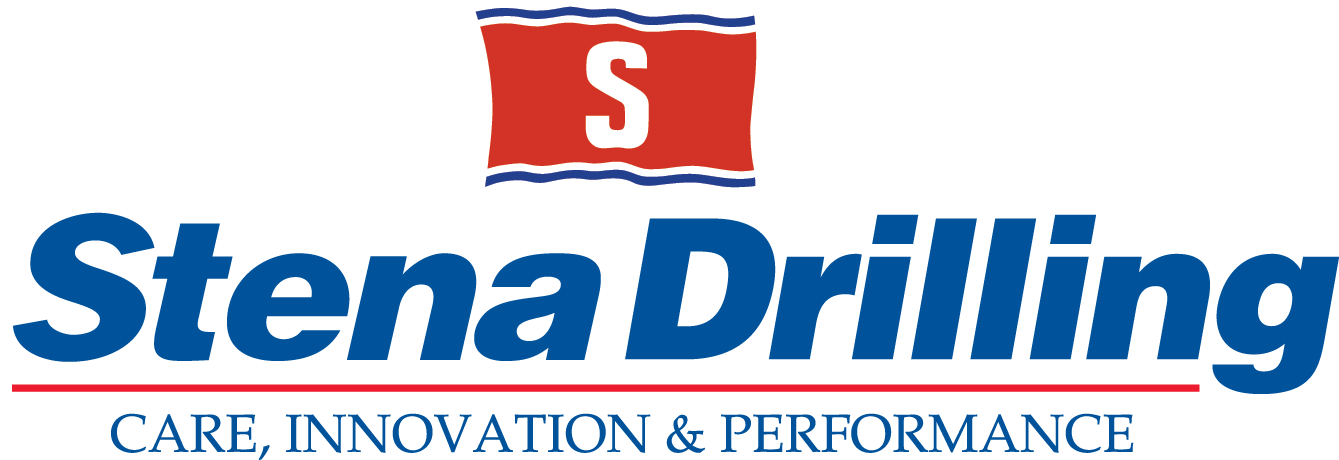How Can A Competence Management System Help You Better Manage Risk?
This month, our focus is on the steps that you can take to reduce and manage risk by focusing on the competency of your teams.
What Do We Mean by Risk?
Any business must manage risk and take steps to minimise risk. For those working in higher risk industries, this will mean managing major risks, such as fire and explosion.
For others, this will mean managing lower level risks, such as:
- Injury to employees or contractors
- Risk to members of the public or the environment
- Financial and reputation risk from unsatisfactory work or mistakes
- Damage to assets, such as broken equipment
Many organisations have had to redesign work to engineer out the inherent risks. But what about people, or human factors?
The lack of competence management or failure to use a competence management system effectively can have an impact on risk reduction.
Competence Management Systems and Risk Management
A well designed and implemented Competence Management System addresses the problem of human factors and reduces the associated risks. It achieves this by identifying the risks and the competencies required to reduce these risks. An approach can then be devised to ensure that these competencies are in place.
Training and Competency: What Is the Difference?
There are many definitions of competence. Here is a simple definition:
“Competence is the ability to perform activities within an occupation to the standards expected within employment.”
Competence is, of course, achieved through training, practice, experience and feedback.
When we talk about training and competency, there is a clear distinction and the following diagram can help illustrate the differences:

The important point is that someone who is trained may not yet be competent. It usually takes time, knowledge, skill and opportunity for someone to build up the experience that will make them competent. Competence Assessment usually forms an important part of a CMS.
A Competence Management System: What do we mean?
A Competence Management System is:
- The identification of the competencies required within an organisation
- A systematic approach of ensuring that those competencies are in place
Reducing Risk with Competence Management Systems: Five Steps That You Can Take
Step one: Identify Your Organisation’s Key Risks
The first step in implementing a Competence Management System is to make sure that you start with the key risks within your organisation.
If you do not start with these at the outset, you may focus on the wrong competencies within your business.
It is important to therefore invest the right amount of time, involve the right people and refer to the right information.
Our starting point in identifying these risks is to look at the following points of reference:
- Safety Case and Safety Management System (where relevant)
- Key Policies or Golden Rules
- Risk Assessments
Step Two: Identify Linked Key Job Roles
The next step is to look at the job roles linked to these risks. The types of roles will depend on what the main high risks are in your organisation. If you have identified the correct risks in step one, you are in the best position to move onto this step, step two.
You start by prioritising the job roles that are linked to the main high risks that you previously identified.
These are your high-risk job roles and so to reduce risk in your organisation, these job roles should be your focus.
It does not mean that you do not look at other job roles but when we are focusing on what you need to do to minimise risk in your business, it makes sense to address the highest risks first. Investing time here will give you the fastest return in terms of reduced risk and therefore reduce incidents.
Step Three: Identify the Key Tasks for these Job Roles
Now that you have identified the main organisation’s risks and the highest risk roles affected, you can start to look at the key tasks for each of these job roles.
You want to stay focused on the main tasks that job holders need to be able to perform. Again, by staying focused on the main tasks related to the highest risks, you can keep very focused on reducing risk.
Where to Start?
We always look at job descriptions and the business management system at this stage.
Then we look at who we can talk to.
Involving the right people will help you get the right list of tasks. It will also help people to understand what you are doing, and to feel that that they have contributed and have been heard. Their involvement now will make it a lot easier when it is time to roll out the Competence Management System.
Once you have identified the tasks for the job role, you can start thinking about how to set the level of competencies for different job holders performing tasks.
Step Four: Plan Out Training and Assessment Activities
While we recognise the importance of assessment, we also encourage organisations to recognise the importance of training and on-the-job training programmes because this helps organisations develop the competence of their crews. Well organised, relevant training helps people perform well.
You will need to design a programme of training, development and assessment around your key competencies. You may also need to design and develop a governance approach that will ensure consistency throughout your organisation.
Step Five: Prepare the Competence Assessment System
Focusing on the assessment part of the CMS, you can start thinking about how to achieve consistency of assessment by preparing the competence assessments.
These can then be turned into a set of assessment documents.
We have included below an example of a competence assessment records:

Please note that these examples provide written guidance on their completion. This is another part of the picture that will help with consistency of assessment.
You want the competence assessment records and your approach to competence to be comprehensive enough to allow you to record the person’s competence and to be able to refer to relevant evidence.
However, if you make it too large or it requires too much writing, you may find that few people are using the competency records, or it takes much longer than you would expect for people to achieve competence.
At this stage you want to future proof your competence management system. And one of the key parts of future proofing is to think about how the competence assessment records will be used, how evidence will be recorded (or linked) and how the process will work in a busy work environment.
Going Forward: Managing Competence and Minimising Risk
Once your Competence Management System is up and running, you can use the system to ensure that everyone involved in the tasks is competent and remains competent.
The Competence Management System provides you with a structure for planning who needs to be competent in what, for tracking and recording individual competence and for then monitoring and reporting on competence.
It gives you an approach for looking at who you hire and who you promote as well as a structured way to decide who to allocate to a job, what support that might be needed if the people are not fully competent and what you need to put in place to get them to a point of being competent.

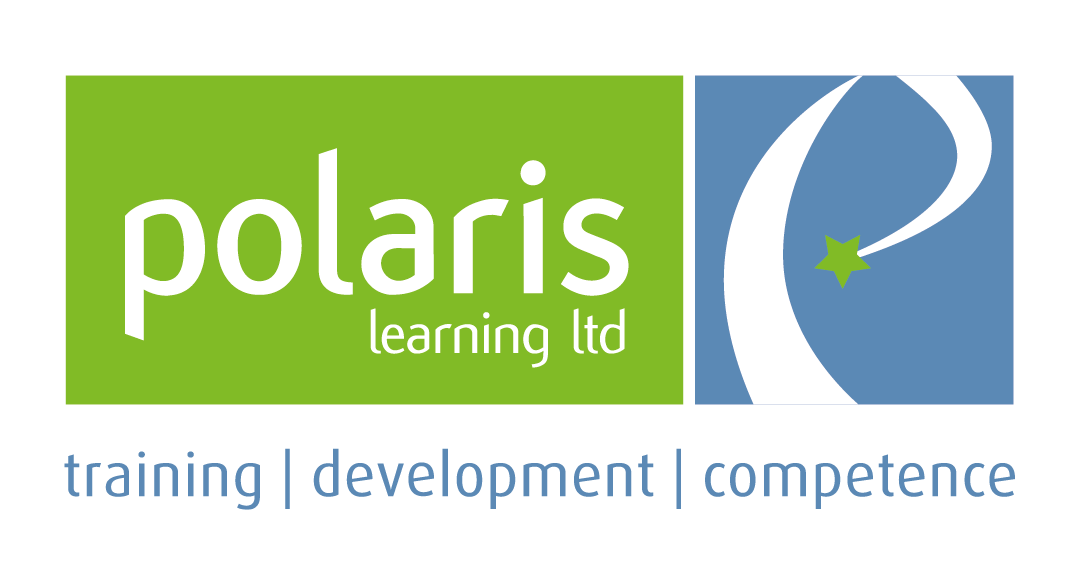
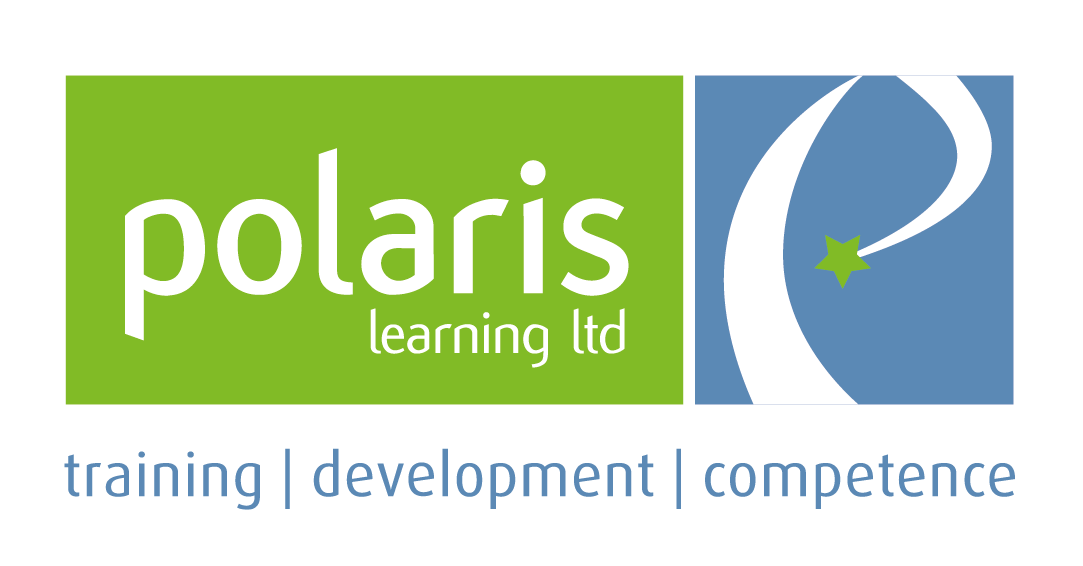
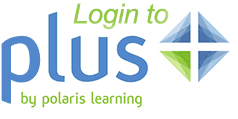
 Well Operations Audit of Supply Chain
Well Operations Audit of Supply Chain Revision and roll out of CMS
Revision and roll out of CMS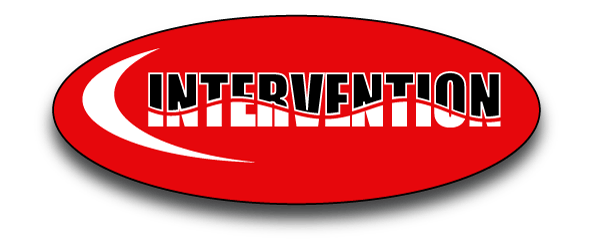 Set up and Hosting of Organisations CMS
Set up and Hosting of Organisations CMS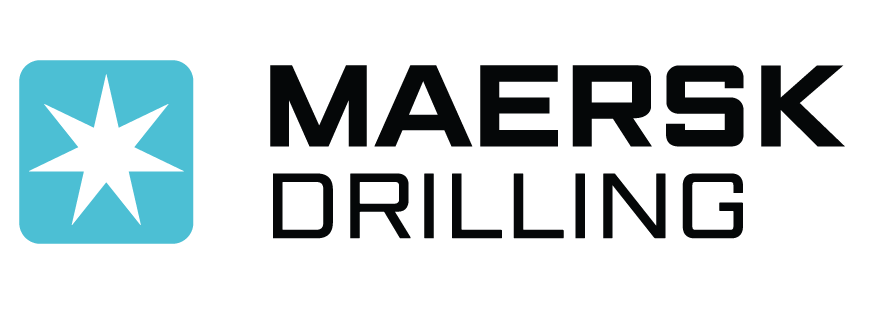

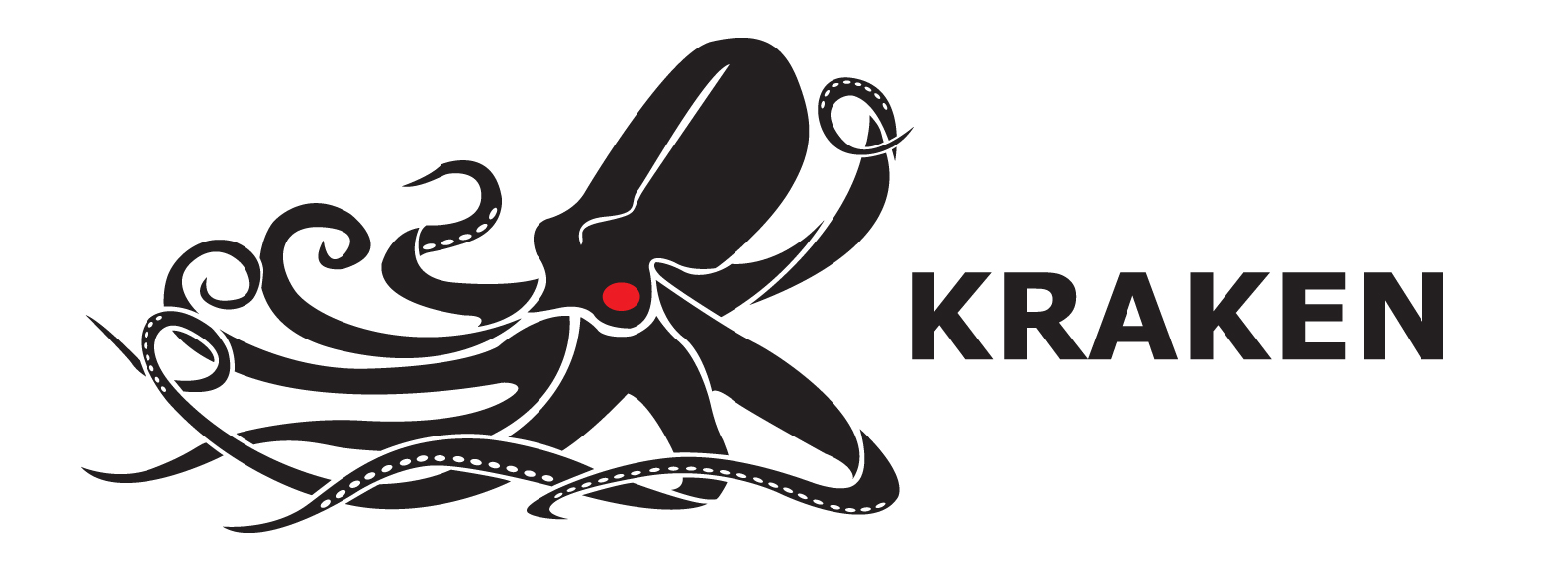 Integrated LMS and CMS
Integrated LMS and CMS